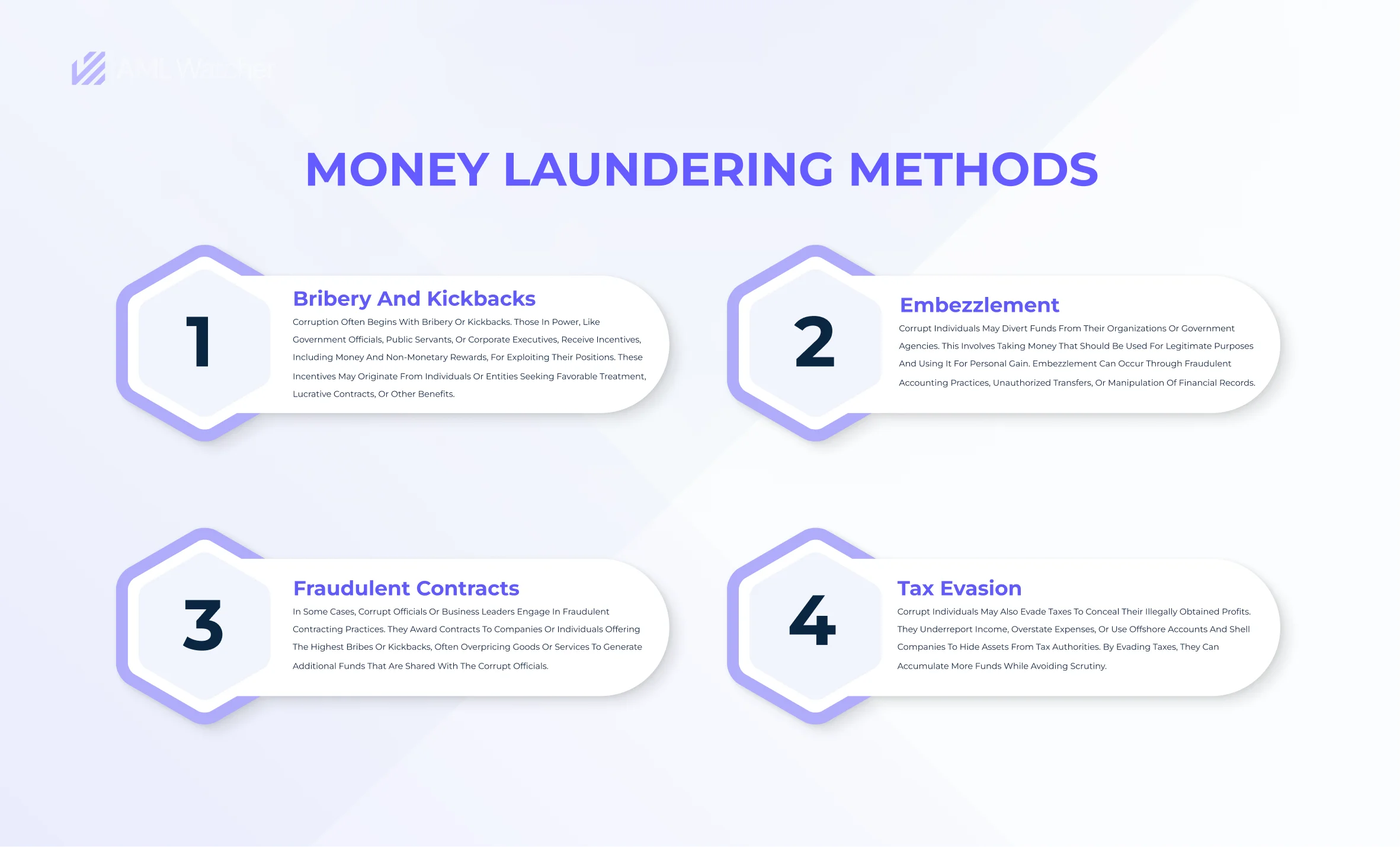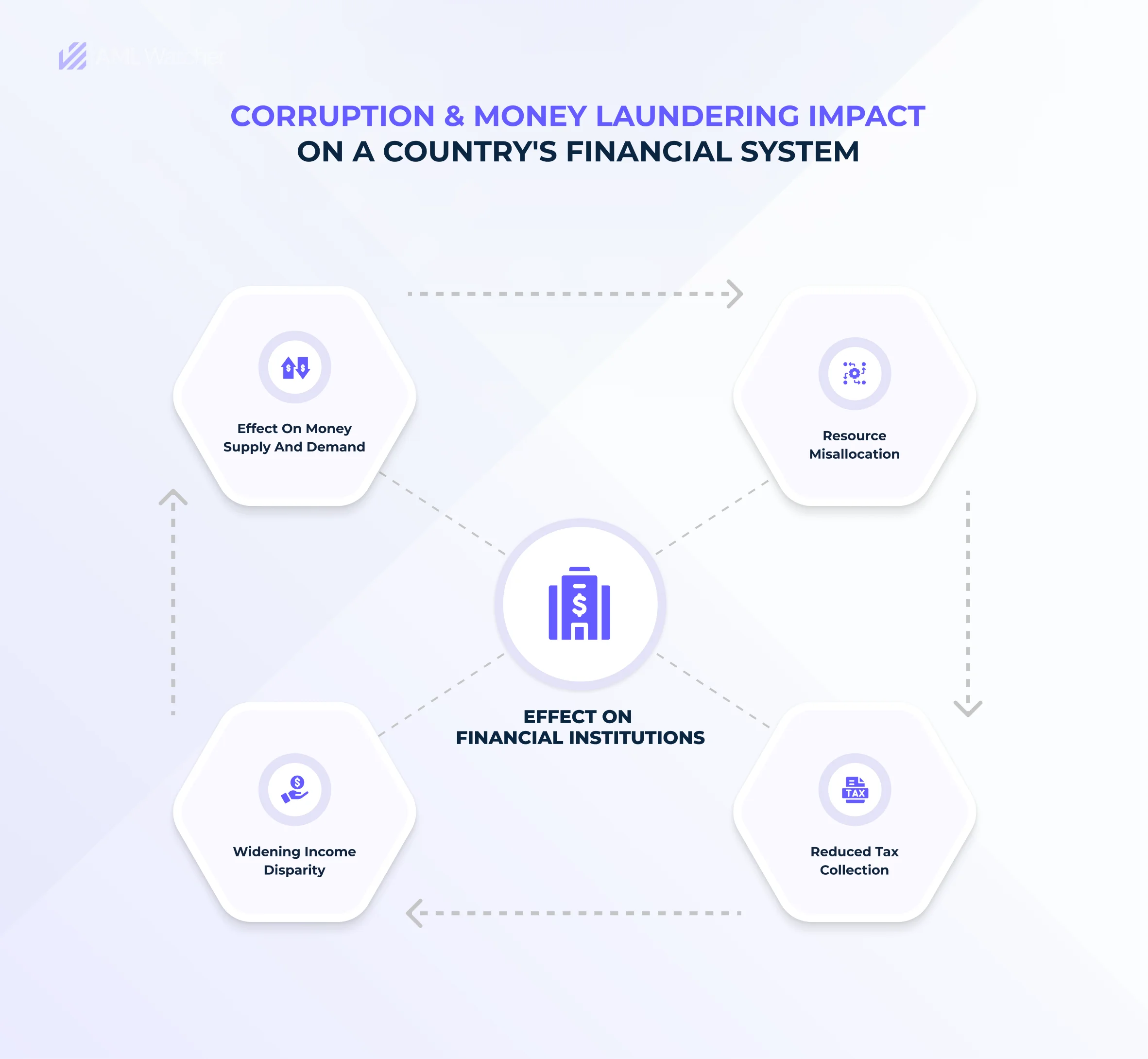Unmasking the Hidden Threat: Exploring Corruption in the AML Industry

Corruption and money laundering are closely connected. Corruption crimes generate illegal proceeds that need to be “cleaned” to enter the financial system without appearing illegal. Corruption can also facilitate money laundering. Countries with low control over corruption tend to struggle with anti-money laundering and terrorism financing standards.
Since it emerged over 2,000 years ago, corruption has strong roots in willful disregard for one’s interests. Common forms include bribery, embezzlement, fraud, and extortion, often committed by those in positions of power. These crimes can overlap with theft, favoritism, and nepotism, impacting the financial integrity of countries and institutions.
What Does AML Mean for Financial Institutions?
Financial institutions can stop fraud and money laundering by stopping criminals from money transfers that can use any unlawful means to hide the sources. This is achieved through the anti-money laundering (AML) policies and procedures. To combat money laundering and counterterrorism funding (CTF), numerous countries have implemented and are still updating laws and regulations, as do political and economic alliances such as the European Union. Not only do anti-money laundering policies and processes help financial institutions comply with anti-terrorism financing laws and regulations, but they also enhance an organization’s compliance culture.
The Money Laundering and Corruption Shares Association as a Common Concern
There are many links between anti-corruption and anti-money laundering initiatives, especially in suggestions that endorse transparency, openness, and accountability. The FATF 40+9 Recommendations, notably Recommendation 6 and Paragraph 7 of the Methodology for Assessing Compliance, are particularly pertinent to anti-corruption initiatives.
Money laundering and corruption are major concerns for the IMF and now form a significant portion of its work. Dealing with money laundering resulting from corrupt activities can be more effective when nations classify corruption as a predicate offense for money laundering charges. With this authority, authorities can trace, confiscate, and seize assets obtained through corruption. They can also engage in international cooperation efforts to investigate and prosecute cases of corruption-related money laundering.
International Cooperation in AML: Combating Cross-Border Corruption
The UN has an approach that helps nations in coordinating to end corruption. According to this idea, nations might assist one another by exchanging information or returning offenders to court. Meetings between a group of nations to exchange ideas and gain knowledge from one another began in 2011. To demonstrate what they’ve learned, they’ve produced reports. The UNODC offers technical assistance, equipment, and professional training, and produces guidelines to assist countries in cooperating. It also provides a portal with international laws and a list of organizations to get help. This platform also assists in getting back stolen money in conjunction with the World Bank.
Hurdles in Recovering Assets Laundered Through Corruption
The World Bank Group’s research indicates that the annual cost of corruption, financial fraud, and tax evasion is estimated at $1 trillion and $1.6 trillion annually, with developing nations bearing the lion’s share of these costs. So, international cooperation is necessary because this illegal money is often hidden abroad. Even though cooperation is encouraged by international agreements like the United Nations Convention against Corruption, just $5 billion in stolen assets have been recovered in the preceding 15 years. This disparity highlights the continued challenges with asset recovery despite international commitments. The Stolen Asset Recovery (StAR) Initiative has carried out research to identify these problems, consider their ramifications, and provide solutions with the assistance of expert opinions.
International Anti-Corruption Initiatives and AML Regulations
As per the IMF, money laundering entails partaking in illicit operations including fraud, drug trafficking, tax evasion, or corruption to conceal the money or provide backing for unlawful acts. The financial industry, the economy, and society at large are highly influenced by these acts. For over a decade, the IMF has been actively addressing these concerns through its work on anti-money laundering and countering the financing of terrorism (AML/CFT) initiatives. Integrity and stability in the financial markets can be enhanced and the detrimental consequences of illicit financial activity can be lessened with an efficient implementation of AML/CFT regulations.
Analysis of Global Accords & Conventions Targeted At Countering Corruption and Money Laundering
The United Nations Convention against Corruption is an international platform to identify and mitigate corruption. It offers guidelines and actions that nations can use to fortify their anti-corruption legal systems. The restitution of assets acquired by corruption is another point of emphasis of the Convention.
According to Kofi Annan, the former Secretary-General of the United Nations, corruption is a widespread problem that undermines human rights, democracy, and the rule of law, and creates a disabled society. It is particularly detrimental in developing countries. The restitution of assets acquired via corruption is another focus of the Convention. The States Parties underline their concern about the risks that corruption poses to the rule of law, development, and democracy. They understand that corruption is a global problem that calls for international collaboration.
Corruption Red Flags in Transaction Monitoring
In transaction monitoring, it’s essential to watch out for red flags, which are signs of unusual or suspicious activities that don’t align with expected customer behavior or predefined limits. These red flags serve as alerts, prompting the MLRO and AML teams to conduct reviews and investigations. The MLRO should make sure that the red flag system takes into account the risk profiles of customers. The FATF also offers a list of red flags to assist in identifying possible financial system abuse by PEPs, such as anomalies in a PEP’s stated assets or connections to high-risk areas.
Corruption as a Precursor to Money Laundering
Money Laundering Methods
Money laundering resulting from corrupt activities can be handled more effectively when nations classify corruption as a prerequisite offense for money laundering charges.
When they get the required authorization, authorities can locate, seize, and confiscate assets acquired by corruption. This is an outline of how this procedure usually proceeds:
Bribery and kickbacks are two frequent practices of corruption. Government officials, public servants, and business executives are examples of people with power who benefit financially and non-financially from abusing their positions. Their incentives may originate from people or organizations looking for contracts that pay well, special treatment, or other advantageous results.
Embezzlement- Unethical people can siphon off money from their groups or government institutions. This comes under stealing money for one’s benefit that must be put to good use. Unauthorized transfers, dishonest accounting methods, and financial record manipulation are all examples of embezzlement.
Fraudulent Contracts where corrupt politicians and business executives occasionally participate in dishonest contracting activities. They give contracts to businesses or persons who offer the biggest bribes or kickbacks, frequently overcharging for goods or services to raise extra money that is distributed to corrupt officials.
Corrupt people mostly rely on Tax Evasion to hide their gains for unlawful earning. To conceal assets from tax authorities, they may inflate their spending, underreport their income, or utilize shell corporations and offshore accounts. Tax evasion allows one to accumulate more money without being detected.
Real Time Scenarios Showing the Link Between Money Laundering and Corruption
The examples demonstrate how complex financial networks utilize the funds obtained through corruption for money laundering operations.
The 1Malaysia Development Berhad (1MDB) scandal in Malaysia is a well-known instance of fraud and money laundering, as reported by Al Jazeera. Former Malaysian prime minister Najib Razak was charged with embezzling billions of dollars from the public investment fund. Once this illicit money was cleaned up through several international financial institutions, it was used to purchase pricey assets.
The well-known ODEBRECHT Scandal (Brazil and Beyond) where a Brazilian construction company Odebrecht participated in a vast amount of corruption including most of Latin America. It purchased contracts by paying officials and legislators in several countries. Money that had been laundered made its way via intricate webs of offshore companies.
The 2016 Panama Papers leak exposed the use of offshore companies by individuals, including politicians and other well-known figures, to conceal wealth amassed through corruption and other illicit means. Several global cases of money laundering were made public by this leak.
The Changing Landscape
Money launderers are not static in their approach as they adapt to changing regulations and technologies. This section will shed light on the evolving landscape of money laundering tactics. For instance, Cryptocurrencies have introduced new challenges for anti-money laundering efforts. FATF has called on all countries to apply AML/CFT rules to virtual asset service providers, underscoring the need for regulatory vigilance in the rapidly growing cryptocurrency sector.
Implication on Economic Resilience
Corruption and money laundering pose significant threats to a country’s economic stability undermining its integrity and stability.
How Corruption and Money Laundering Undermine a Country’s Financial System?
Money laundering encourages crime like bribery, corruption, and tax evasion that leads to negative impacts on the financial sector and hinders economic growth. This ultimately slows economic growth and reduces efficiency in the real sector of the economy.
Effect on money supply and demand
Money laundering and corruption cause money to be diverted into illegal operations or offshore accounts, which slows the flow of cash within the legal economy. Due to less frequent exchanges of currency, this delay may affect total economic activity.
Resource Misallocation
Corruption may cause resource allocation to be distorted, preferring projects and investments that serve corrupt interests above those that would yield the maximum returns on investment. This inefficient use of resources may lower economic growth rates, which may therefore harm economic growth by reducing domestic investment.
Reduced Tax Collection
Tax fraud and evasion by people and organizations can be made worse by corruption and money laundering. The inability of the government to collect taxes compromises revenue collection, resulting in revenue shortages and budgetary deficits.
Widening Income disparity
Corruption may lead to the accumulation of wealth among a small number of people, hence widening income disparity. Wealth is further concentrated among individuals engaged in illegal financial operations as a result of money laundering.
Effect on Financial institutions
Corruption may permeate financial institutions and regulatory organizations, making it difficult for them to properly implement anti-money laundering (AML) laws. Money laundering chances are made possible by regulatory capture and inadequate enforcement, which undermines the integrity of financial institutions. Also, a perceived corruption index reduces foreign investments and a global image of being a business hub.
Case Studies Showcasing the Economic Consequences of Corruption
- The Effects of the “Fuel Subsidy Scam” in Nigeria (2012)
The fuel subsidy scheme in Nigeria developed an enviable reputation for corruption, with millions of dollars stolen by people and organizations. This fiscal stress, inflation, and reduction of public services were caused by the improper distribution of cash.
- The Operation Car Wash Scandal in Brazil (2014)
Petrobras, Brazil’s state-owned oil corporation, suffered a great deal from the rampant corruption that was revealed there. It caused a decline in foreign investment, a loss of investor confidence, and an economic downturn.
- South Africa – State Capture Scandal (2016)
During Jacob Zuma’s administration, allegations of corruption and state control led to weaker institutions, falling investor confidence, and slower economic development.
The Importance of Whistleblowers in Fighting Corruption and Money Laundering
The Significance of Whistleblowers
Whistleblowing is pivotal in the fight against bribery, corruption, and money laundering. It provides a proactive strategy for locating and stopping illicit activity across industries. According to the National Center for Whistleblowing (2021), a whistleblower is someone who exposes fraud, misconduct, corruption, or threats to public safety to prompt corrective action. Whistleblowers, ranging from ordinary employees to top leaders, provide vital insights, strengthening an organization’s accountability and transparency, and ultimately safeguarding national security.
Whistleblowers: Safeguarding National Security
These brave individuals serve as the first line of defense in identifying potential security threats, including security breaches, illegal surveillance, and data leaks. By exposing unethical and illegal actions, whistleblowers hold individuals and organizations accountable, ensuring the safety and integrity of a nation.
Detection of Corruption through AML Watcher
- PEP Screening
AML Watcher provides comprehensive solutions for enhanced due diligence by offering an extensive PEP list that spans up to four levels of PEPs from around the world. This depth of data quality ensures that no PEP goes unnoticed, allowing you to effectively assess and mitigate potential risks. The FATF Recommendations promote stronger Anti-Money Laundering and Counter-Financing of Terrorism procedures when dealing with PEPs in recognition of the inherent dangers PEPs pose. These preventive actions, as opposed to being punitive, highlight how crucial it is for financial institutions to thoroughly research their customers. - Adverse Media Screening
Our software goes beyond PEP lists, offering robust Adverse Media Screening capabilities that scan media sources even at regional levels. This means that every scandal or hint of corruption is promptly detected, keeping you informed and vigilant.
- International Leaks Databases
Furthermore, AML Watcher is seamlessly integrated with international leak databases, unearthing offshore companies and assets that might otherwise remain hidden. This integration ensures that you have a comprehensive view of potential risks associated with your clients or transactions. - Whistleblower Databases
To enhance your compliance efforts further, our solution also scans for names in whistleblower databases, adding an extra layer of diligence to your AML processes. With AML Watcher, you can be confident that your due diligence efforts are thorough and effective, safeguarding your organization from potential financial crimes and reputational damage. - Risk scoring
AML Watcher enhances the risk assessment process through sophisticated risk scoring. Our software leverages advanced algorithms to assign risk scores to individuals, entities, and transactions, helping you prioritize your AML efforts effectively.
Corruption Risk Assessments Best Practices for AML Professionals
In today’s complex regulatory environment, AML professionals need powerful tools to ensure compliance and manage risks. The AML Watcher Risk Assessment, created by top AML experts, offers a standardized global approach for financial institutions to tackle these challenges. This tool streamlines the risk assessment process and keeps institutions updated with global best practices and regulations.
Innovative Features for Efficiency and Transparency: The AML Watcher Risk Assessment tool has a multi-user platform that helps identify money laundering risks across different business lines. It addresses gaps in AML controls and provides presentation-ready reports, summaries, and scoring systems. These features ensure that stakeholders, from board members to examiners, understand an institution’s money laundering risk profile. Being web-based, it also provides the latest regulatory updates to stay ahead of requirements.
Upholding Global Standards with Confidence: The AML Watcher Risk Assessment tool follows global authoritative and regulatory guidance, ensuring institutions have confidence in their AML and risk management programs. Its methodology validates scoring decisions and provides insights into internal AML controls. Comparing these evaluations to global best practices sets the standard for superior AML risk assessment.
AML Watcher emerges as the ultimate solution to these challenges, offering a comprehensive platform that seamlessly integrates all essential AML components. With its cutting-edge analytics, it sets the gold standard in industry practices. For a future-proof, robust AML compliance strategy tailored for corruption, look no further than AML Watcher.
Reach out to us to discover how we can strengthen your compliance journey.
Related Articles
We are here to consult you
Switch to AML Watcher today and reduce your current AML cost by 50% - no questions asked.
- Find right product and pricing for your business
- Get your current solution provider audit & minimise your changeover risk
- Gain expert insights with quick response time to your queries
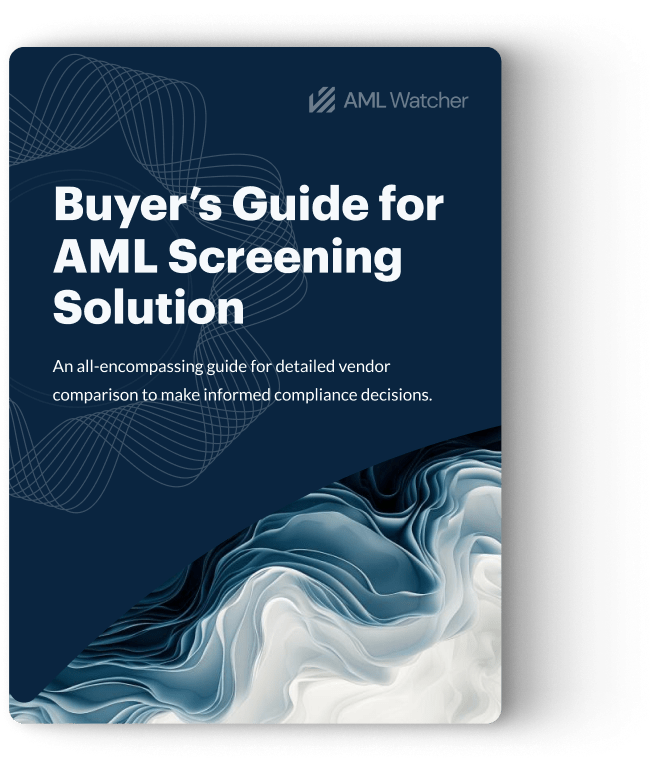
 Compliance Guidelines: Canada
Compliance Guidelines: Canada
 Compliance Guidelines: Australia
Compliance Guidelines: Australia
 Australia’s AML/CFT Law Tranche2 Expanding Compliance Requirement
Australia’s AML/CFT Law Tranche2 Expanding Compliance Requirement
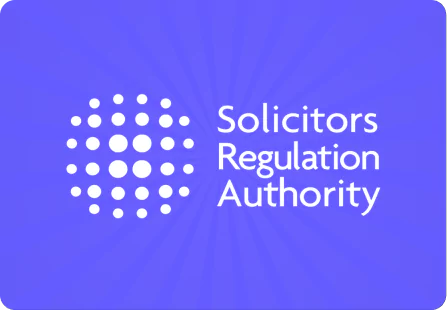 SRA Announces New AML Regulations for Legal Professionals
SRA Announces New AML Regulations for Legal Professionals

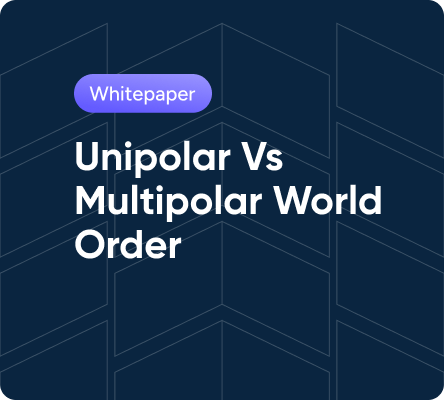
 Why Should states conduct AML Due Diligence for CBI/RBI Investment Schemes?
Why Should states conduct AML Due Diligence for CBI/RBI Investment Schemes?
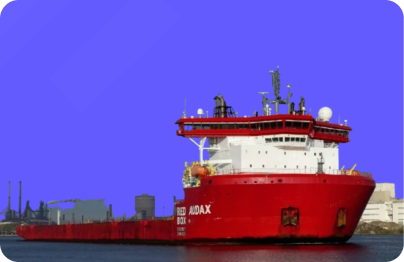 How can businesses comply with US sanctions on vessels?
How can businesses comply with US sanctions on vessels?
 Current Use Cases of AI Technology in the AML Compliance
Current Use Cases of AI Technology in the AML Compliance
 How Cyber Security Threats impact AML and Fraud?
How Cyber Security Threats impact AML and Fraud?
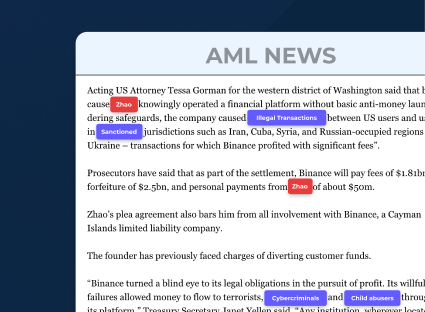 5 Keyword Search Challenges in Negative News Screening
5 Keyword Search Challenges in Negative News Screening
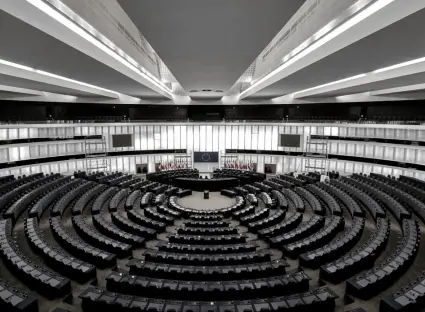 6 Best Practices For Efficient PEP Screening
6 Best Practices For Efficient PEP Screening

